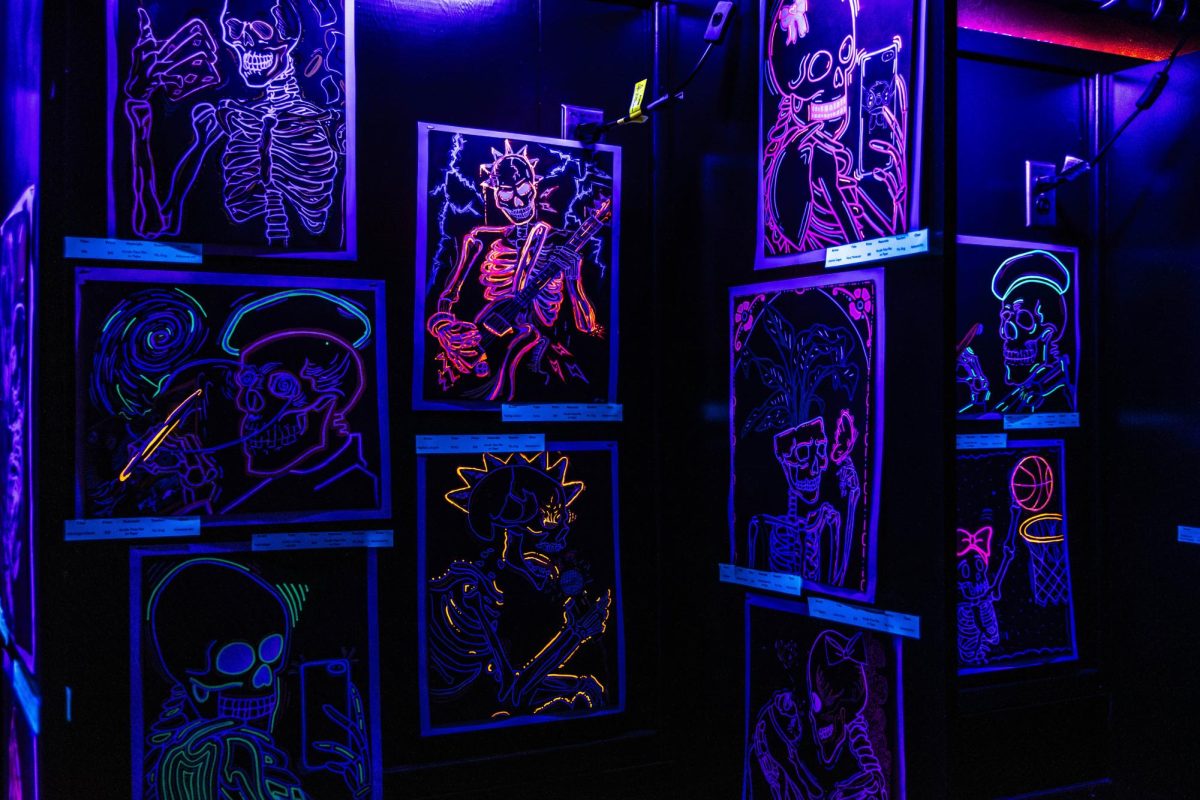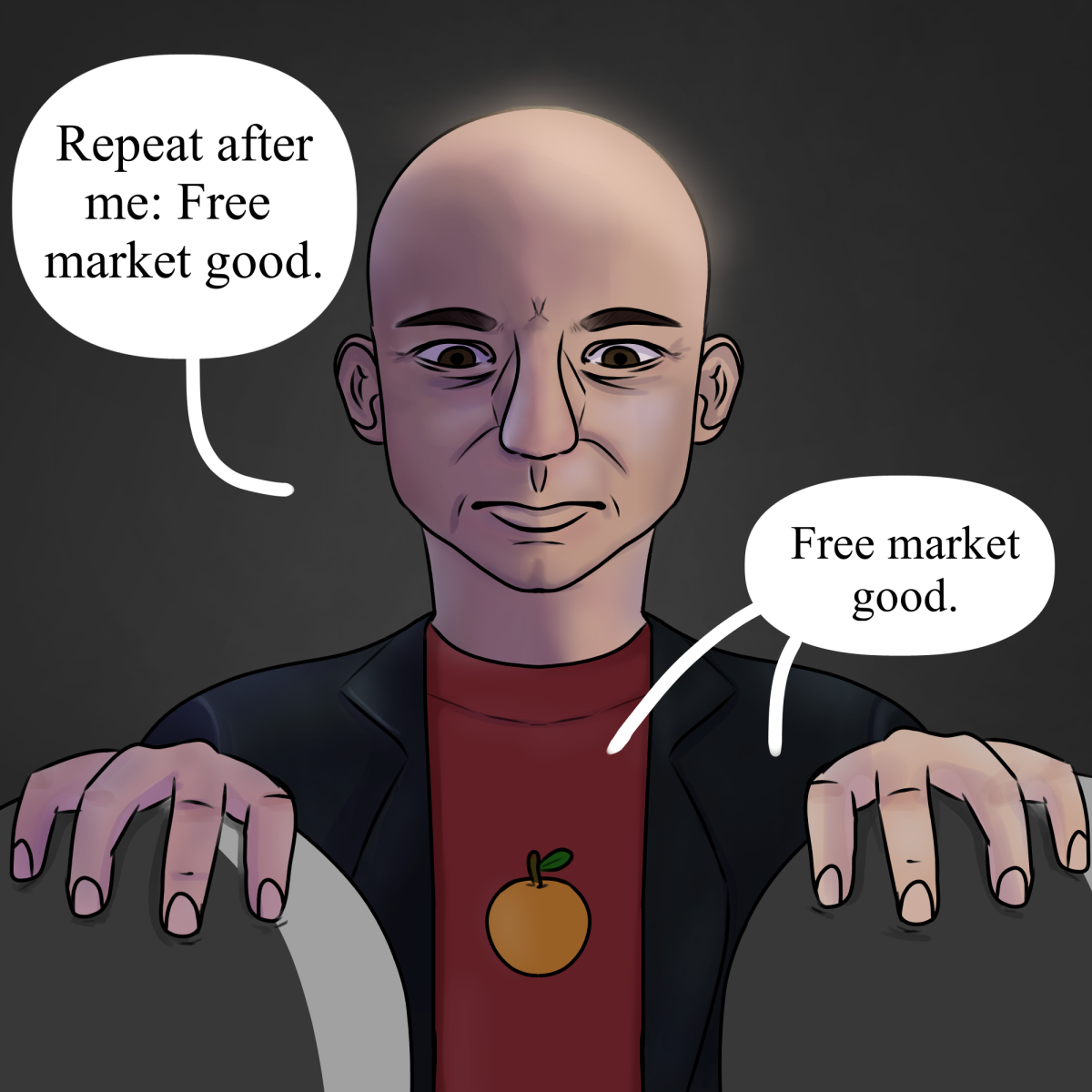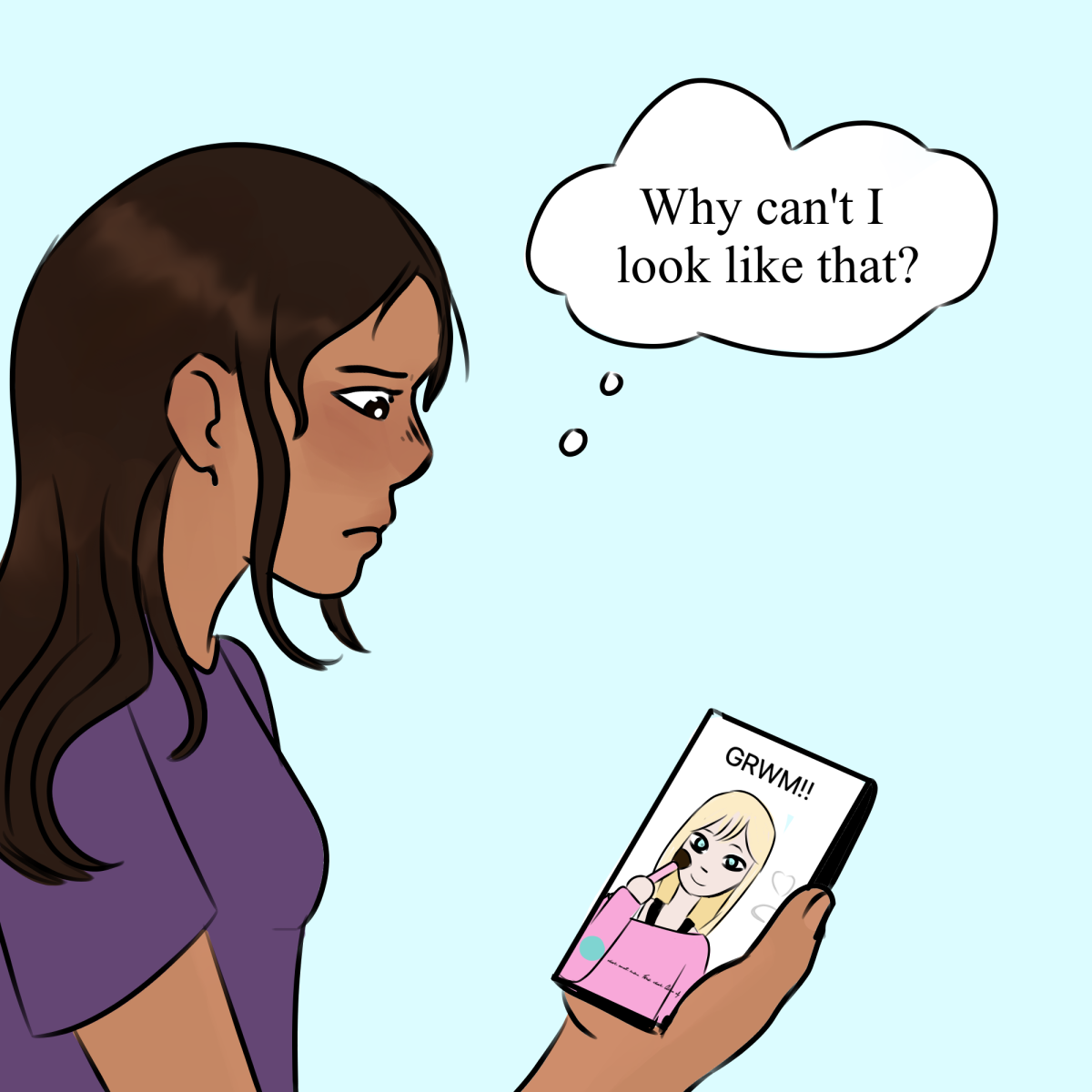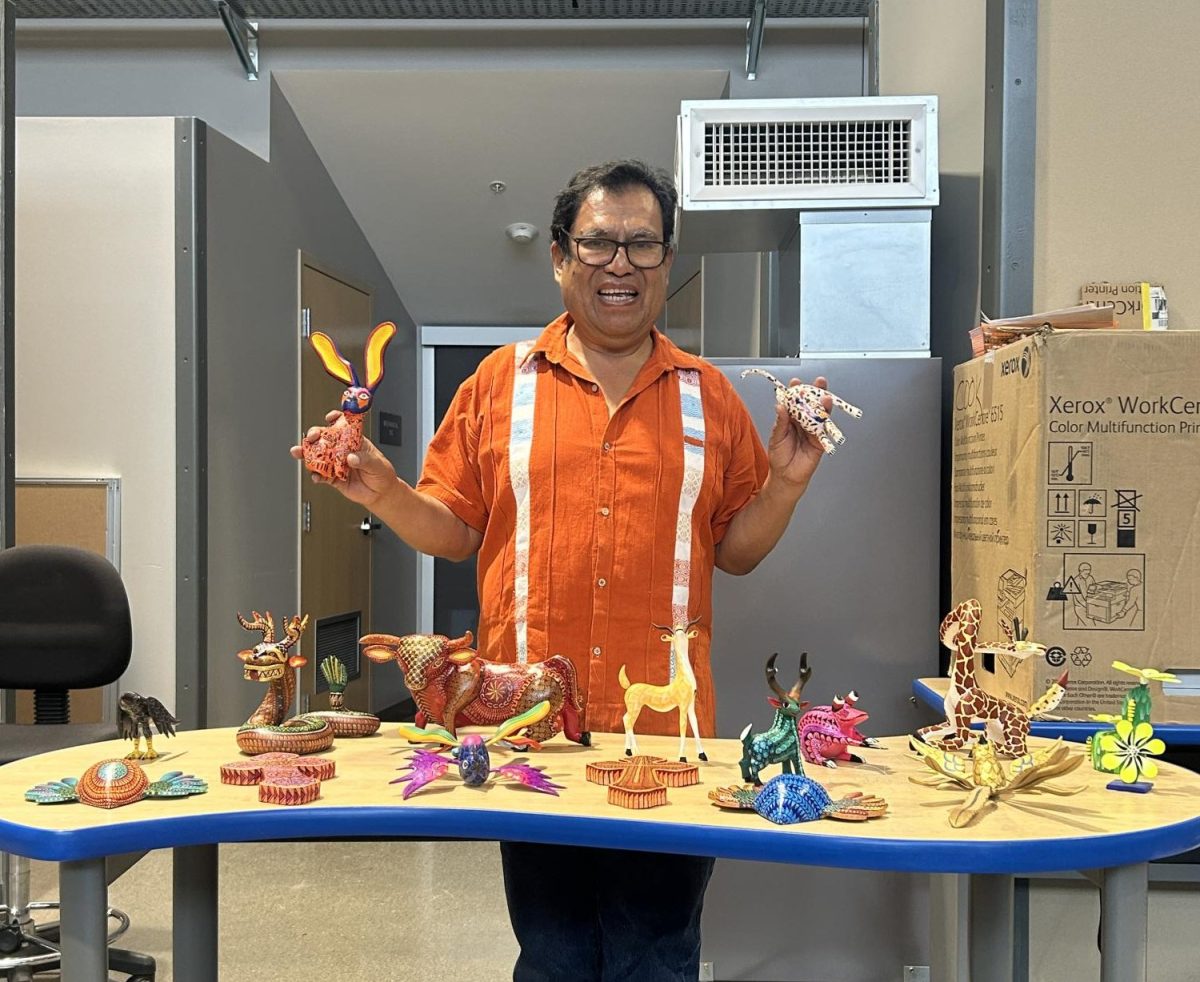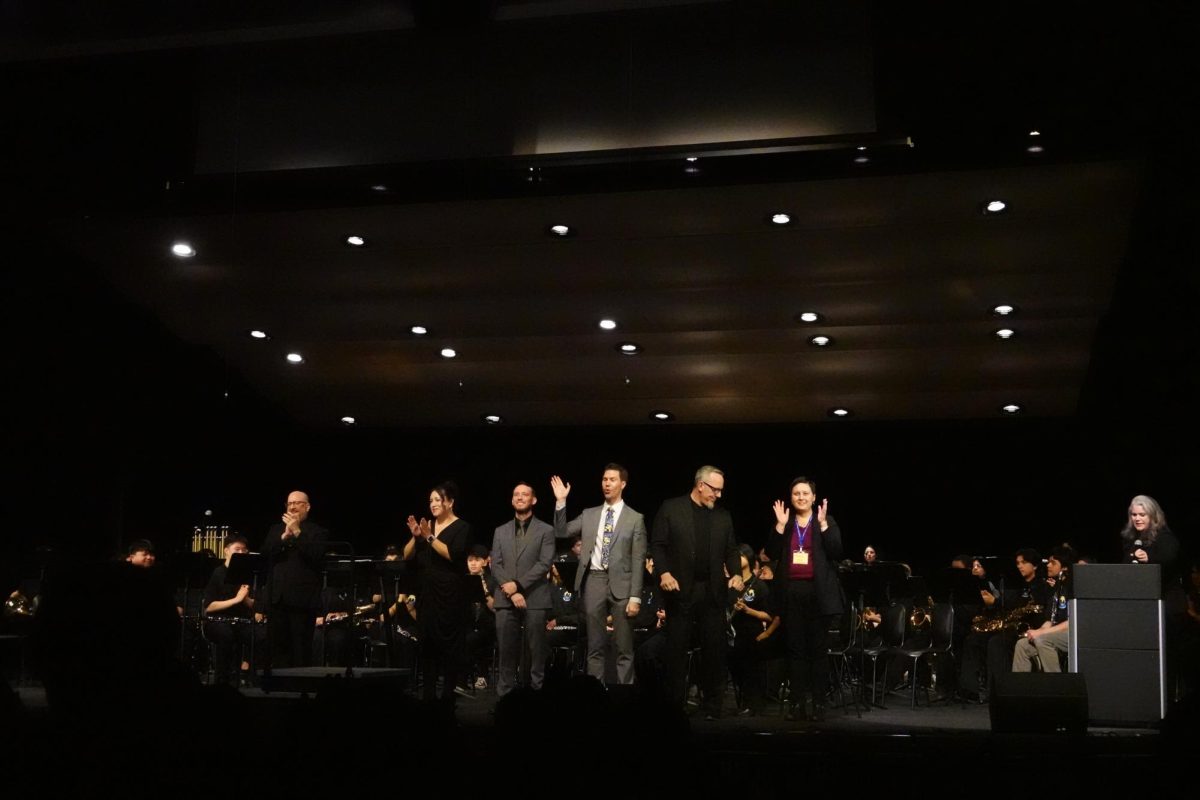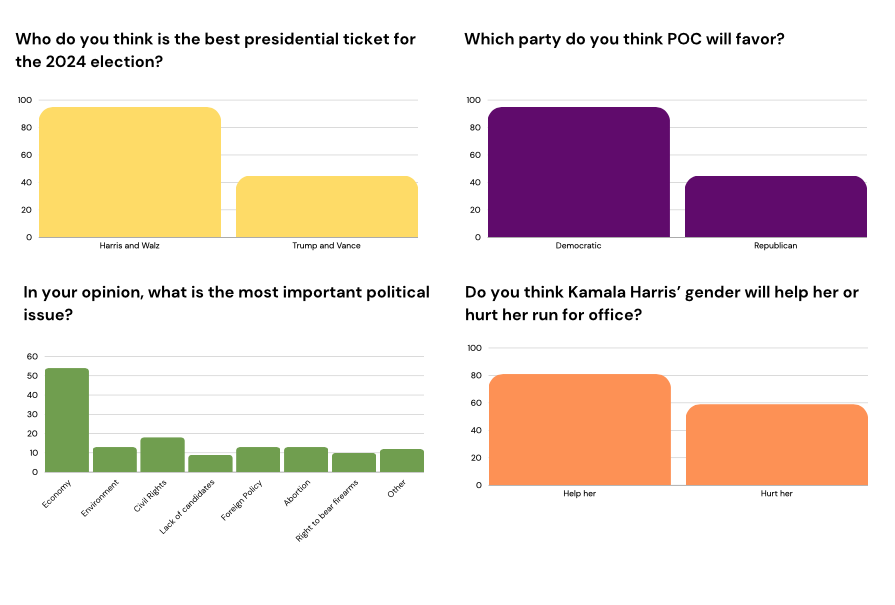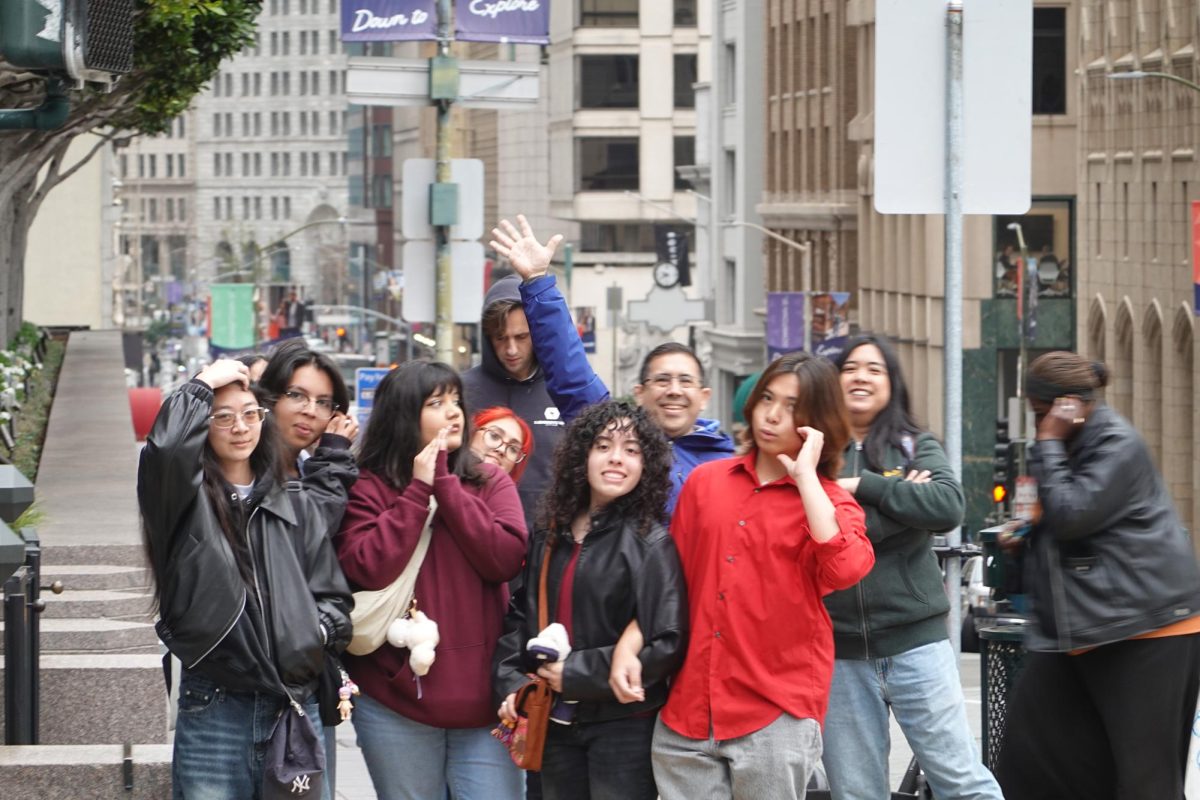Blind box figurines have taken teens and young adults’ desks, shelves, and phone cases by storm. You may be familiar with the cherub cheeks of Sonny Angels or the green, glow-in-the-dark build of Smiskis, that have now earned a precious place in hearts and on furniture.
The appeal of these figures lies in various traits like appearance, rarity, and randomness. Every blind box has a handful of outcomes to surprise the buyer, enticing consumers with the aspect chance.
“I collect them because I get pure joy out of it,” said Mt. Eden sophomore Izabela Monsanto. “It gives me serotonin each time I get one and when I open something that I really like.”
The rise of gacha, or chance-based rewards started in the 1960s with Japanese gashapon machines, vending machines dispensing random toys. Another American equivalent of that era is the gumball machine. Since the 1960s, companies like Pop Mart have taken the model of gachapon and created numerous blind-boxes.
Social media has been instrumental in fueling the popularity of these figures.
“I see people opening up Smiskis, and they’re so happy,” said Mt. Eden senior Jayden Lac. “And they decorate their rooms with it, so I’m like, wait, I want that.”
Lac estimated he’s spent $100 to $200 on blind boxes.
“I don’t feel really good about the amount that I’ve spent,” added Lac, “because I’ve lost money on stuff that I probably won’t use in the future.”
Mt. Eden senior Renee Ramos, collector of Hirono figures, said she believes buying blind boxes can sometimes be “harmful.”
“If you look online, there’s like people buying over… like thousands of dollars worth of blind boxes,” said Ramos. “Half of them are gifted to me. But, when people buy, it’s a little concerning ‘cause it’s like $15 a box. I know you don’t need all that.”
Math teacher Dillon Maharaj said he wishes these figures were more accessible to kids.
“But the reality is right now we’re in an era where people make money when they see money,” said Maharaj, “and so a lot of these figures and stuff, they get bought and then resold at higher prices.”
Blind boxes receive criticism for allegedly promoting gambling. Some buyers purchase numerous blind boxes in hopes of receiving the specific figurine they want.
“I don’t think it’s purposely to promote gambling exactly,” said Monsanto. “But it’s just how people sort of perceive it and see it. It’s not necessarily gambling, but kind of is if you’re really trying to pull a specific one you want.”
Beyond gambling, Maharaj believes the interest in figurines developed from young adults looking back on their childhood.
“So, my generation, we all played with toys,” said Maharaj. “We didn’t have iPads and Roblox and all that stuff. We had like Yu-Gi-Oh!, Pokémon. We had all sorts of toys, but that’s kind of falling off. But now this is… an evolved form of that.”
The rise of blind box fails to waver as young adults and teens continue purchasing blind box series as they release. This trend represents more than a love for toys, but a resurgence of adults reinvesting in toy-like figurines to heal their inner-child.




